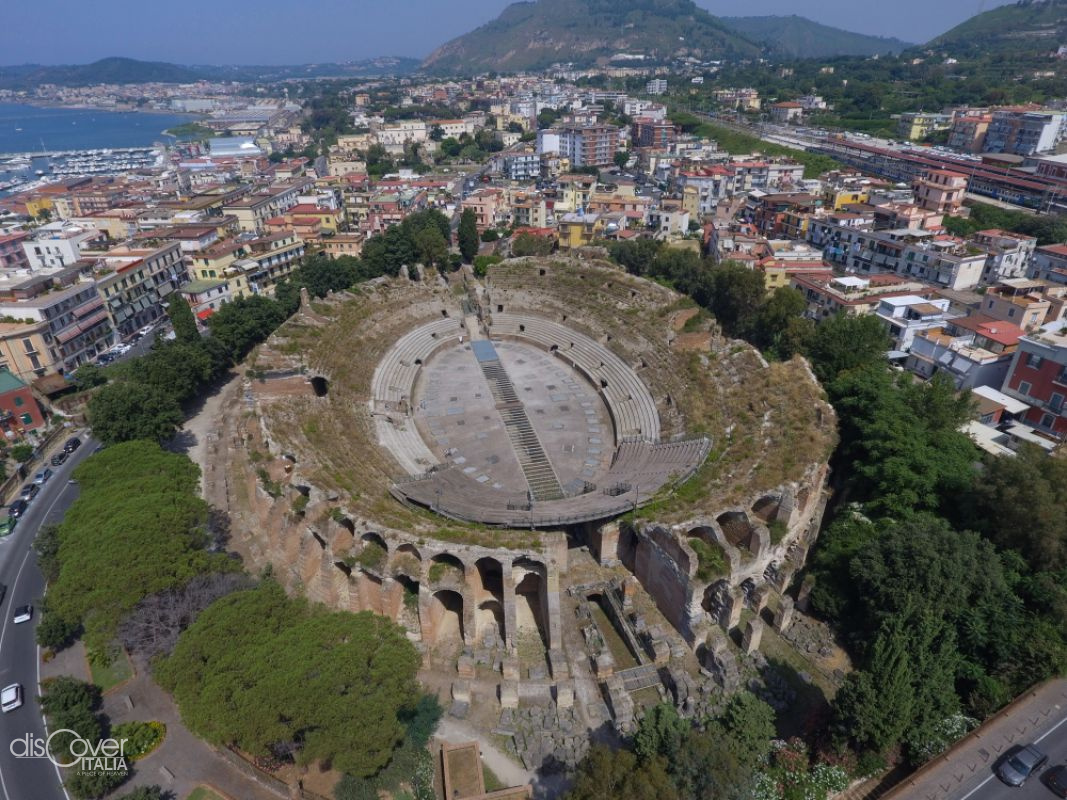
A promontory that has the geological history of the "burning earth" written in its stratified rocks. Guarding that part of sea that leads to the Gulf of Naples and separates the Phlegraean Peninsula from the island of Procida from which it takes its name.

It was the emporium of the powerful Cuma.
Then with the arrival of fugitives from Samos in 530 BC. it took the auspicious name of Dicearchia (“right government”), and began its urban development.